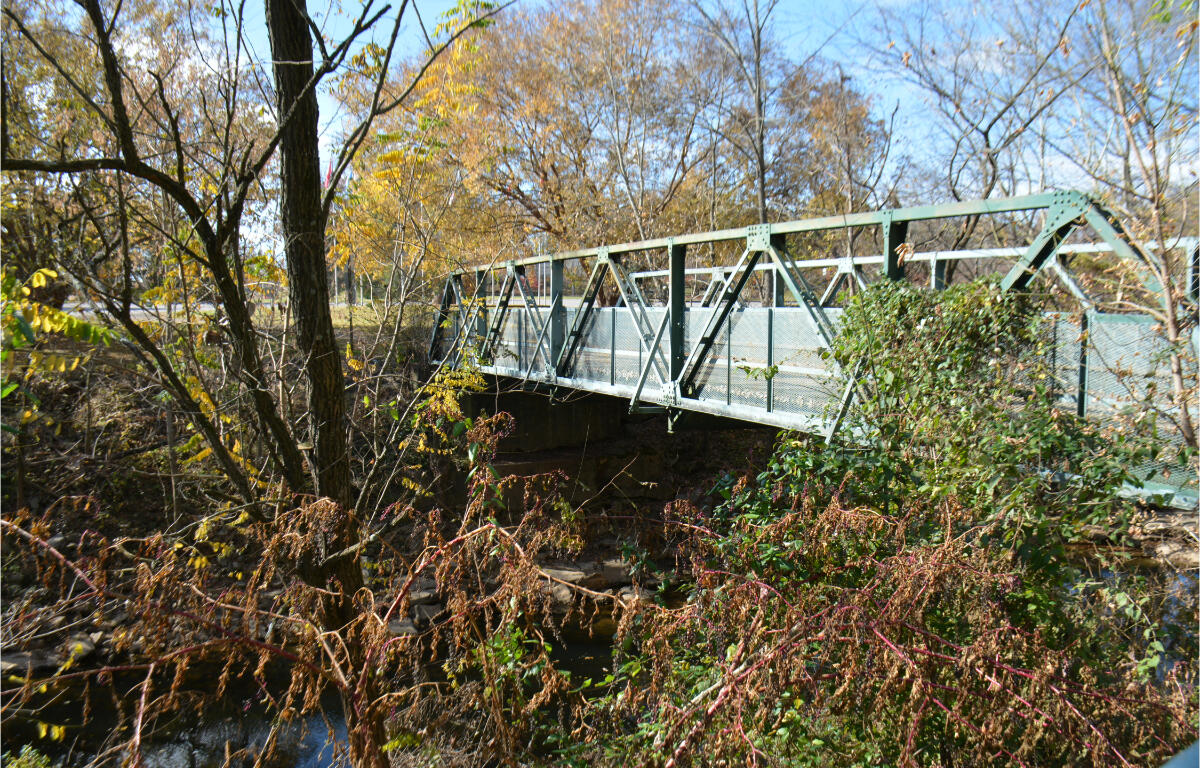HOPKINSVILLE, KY (CHRISTIAN COUNTY NOW) – The Hopkinsville area has a rich and complicated Native American history that is explained and honored at the Trail of Tears Commemorative Park and Heritage Center.
The park is located on the encampment that was occupied by Cherokee exiles on the Trail of Tears. This location holds gravesites of Chief Whitepath and Fly Smith. A placard near the site explains that both Whitepath and Fly Smith had been seriously ill after their group traveled from the Nashville area in the 1830s. They arrived at the Hopkinsville encampment on an Army wagon and died soon after.
“As late as the 1930s, many unidentified limestone markers indicated the final resting place of Cherokees from many groups who passed through during the 1838-39 winter,” the placard says, “Only four markers remain today, including those of Whitepath and Fly Smith.”
What to do at the park
The Trail of Tears Park is now an open green space with a bridge leading to a disk golf course, walking trail and picnic area. The Heritage Center is a mini museum at the front of the park inside a restored log cabin. Next to that are monuments where visitors can see the gravesites and learn about the history of the Trail of Tears. The other side of the park holds a playground and outdoor arena.
The arena is the home of the annual Pow Wow that has occurred every summer for the past 36 years. The event is a great educational opportunity for people in the community to learn about Native dances, music, and food, but it also serves as an opportunity for Kentucky tribe members to freely celebrate their culture.
Native American Heritage Month
The Hopkinsville City Council recently made a proclamation acknowledging November as Native American Heritage Month. People in the community are encouraged to explore the park and learn more about what happened on the Trail of Tears.
A portion of the new proclamation reads, “We acknowledge the Hopkinsville encampment that holds two Cherokee leaders who died during the removal of Chief Whitepath and Leader Fly Smith. … Despite centuries long, and ongoing erasure from history, unjust federal policies such as broken treaties, assimilation and termination to name a few … we reflect on the countless ways in which indigenous people have contributed to our nation’s success, and we reaffirm our commitment to expanding opportunity and building an ever-brighter future for all.”








